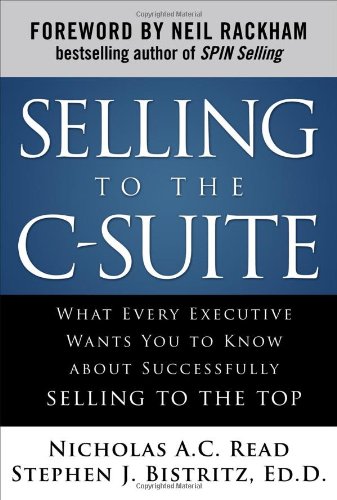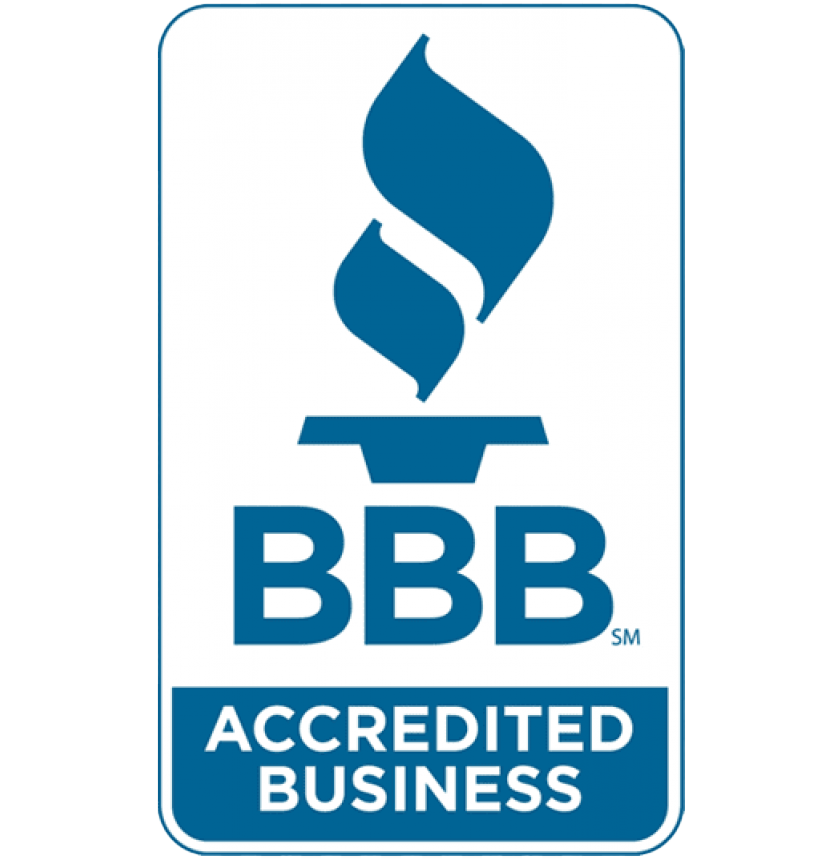
Why you decided to choose this resource.
It’s book that came up in recommendations on Amazon and it addressed exactly what we do — which is to sell to the C-Suite. We are a virtual CIO/CTO firm that provides internet architecture to leaders and decision makers, preferably the C-level executives such as the CEO.
What did you learn from it?
This book examines the motives of C-level executives to help the sales person understand who, why, how, when, and what to sell.
“In my experience, professional sales people offer me suggestions about solutions to business problems that even people in my own organization can’t solve. Some of these sales people have encountered similar problems in other organizations and have creatively addressed them. That’s what I expect from salespeople who want to have a Trusted Advisor relationship with me.”
Key Knowledge :
- Understand when executives get involved in the decision process.
- Early (understand issues, establish objectives, strategy)
- Middle (explore options, set vendor criteria, examine alternatives)
- Late (plan implementation, measure results)
- Find the relevant executive for the sales opportunity.
- The one who stands to gain the most or lose the most from the opportunity.
- Understanding those who have informal power (under the decision maker) and those that have the formal power (C-level decision maker)
- Determine how to become perceived as a trusted advisor to the executive (to secure return access.)
- Determine approach to get access (overt, sponsor, referral, gatekeeper)
- Referrals inside and outside are usually strongest (84% would meet with someone if they had a recommendation from someone inside the company)
- Select the appropriate time to communicate value to executives
- Introduction, purpose, credibility, commitment and action
- Define ROI in clear terms as a capability that is delivered given an investment
How are you using what you learned?
Selling to C-Level executives requires a lot of work such as doing homework on the client and the industry, using the client’s metrics which are specific and concise in a presentation, don’t waste the executive’s time, and own the relationship. If you are selling to a C-level person , regardless of your title, you should act like a C-level person. Be knowledgeable of the industry so that he or she can TRUST that you know what you are doing.
Key Changes
- Start acting like C-level person that is selling to peers.
- Do homework on the motivations of leaders, entrepreneurs, so that I understand what they want beyond work.
- Create credibility in the industry with workshops, books, products, etc.
How can we as a company or individuals in the company use this?
- Before we go after “dream clients” which are big, we will do our homework of them, the industry, and find ways to get in the door with informal power – recommendations from designers, developers, it directors, etc.
- Target one of executive in a few industries and create a war-chest of sales knowledge of how to sell specifically to that industry.
- Always present the ROI – what they will gain and what they will lose if they don’t make an investment in our offering.
Sources
- Physical Book : in DC Office
- Slideshare : Selling to the C-Suite
- Article: 7 Rules for Meetings With Top Execs

